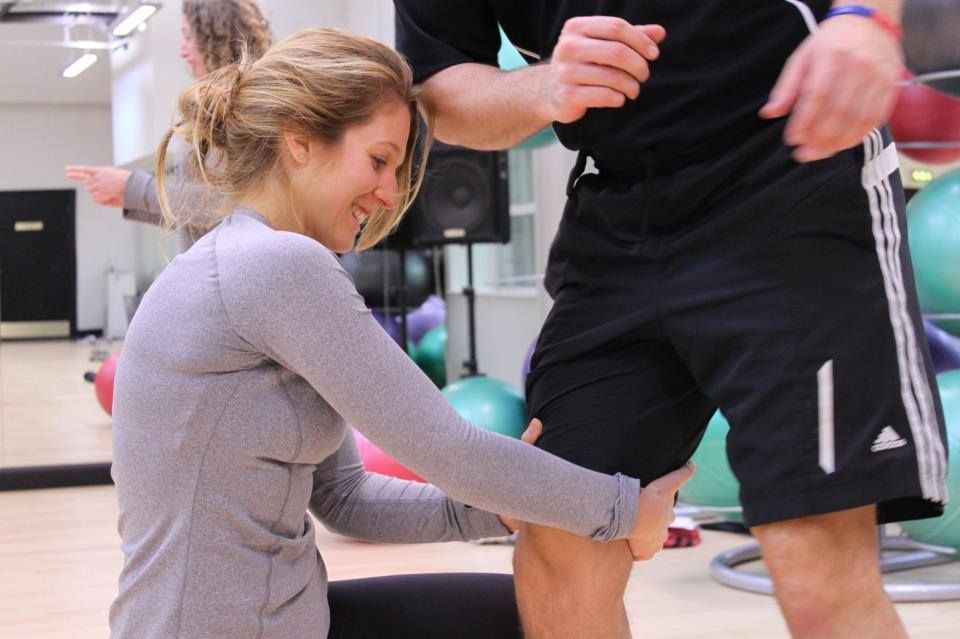Everybody hurts – if you listen to Personal Trainers

As with many people now, I used to have a system to help my clients avoid injury, recover from their pain and move better just using biomechanics. Every client I saw seemed to have a problem happening, that had happened and would cause an issue in the future, or the signs of a future problem that needed addressing.
To justify what I did, I used words such as dysfunction and injury prevention, but I did not define these words. For example, what injury was I trying to prevent? How do you measure dysfunction? What does the research say causes injury? Mostly I was making statements without context and offering solutions without evidence.
The problem I had was that the assessment and host of techniques I had to solve dysfunctions defined me. These techniques included movement assessment, fascia release, fascia scraping, taping, hands-on corrective movement, as well as building specific strengthening exercises. Each one required me, my skills and all of them could show a short term change which I could identify as a positive and a success.
After being challenged and resisting the challenge, I learned how to be better for my clients. In the end, my biggest concern was my client, and without my ego, I have to admit I would do anything to help them.
The solution is more straightforward, more empowering, more fun and when I have shown it to my students, it has helped them naturally find their niche and in some cases increase the demand for their services and the amount of money that they charge. It also helps the students and myself, avoid courses, debates and challenges that are not relevant.
Here are the vague terms, and a better way of addressing them –
1 – Prevent Injury
To do this, you need to look at context and specifics. Statistically based on the client’s lifestyle, injury history and hobbies, what injuries are most likely to occur.
Once you have this, then it is about finding out if any studies have shown a causation link between a preventative routine and a reduction in the chances of the specific injury you are trying to prevent. Your final decision will require quality research based on many papers and probably a discussion with other trainers who are reading around the topic!
2 – Fix faulty movement patterns / dysfunctional movements
See question 1, as this is the same thing if you are looking at injury prevention.
For pain that the client currently suffers with, especially when a trained medical professional has signed them off as having no noticeable injury, then we have to use a different approach. To help with pain, you need to first understand pain from a different angle than injury / dysfunctional movement = pain. Learning about pain is not for a blog; it takes a lot of reading and time to understand that pain is a feeling, based on the cognition of an emotion.
Injury can cause pain, and pain can present without an injury. Also, an injury may be present without pain. If you want to know more about pain and its relationship to injury, then click the link on the right to the Specialist in Injury Prevention and Recovery.
3 – Improve Performance / Move better
To make performance better, then the first task of a trainer is to define better. From my research, this will involve one or all of the following parameters –
- Skill Level (The ability to complete the task)
- Skill Consistency (The ability to complete the task consistently well)
- Skill Anticipation (The ability to choose the skill at the right time)
- Skill Performance (The ability to perform the skill against different loads and for varying amounts of time)
- Skill Adaptation (Can the client adapt the skill at a good pace to allow them to adapt to different situations as they emerge)
Research needs reading to show you what the skill requirements are for the client, the environments, the intensity and the total volume required to be successful.
The research will lead you to a place where you are defining the difference between training for performance under stress, verse training to improve the ability to perform the skill.